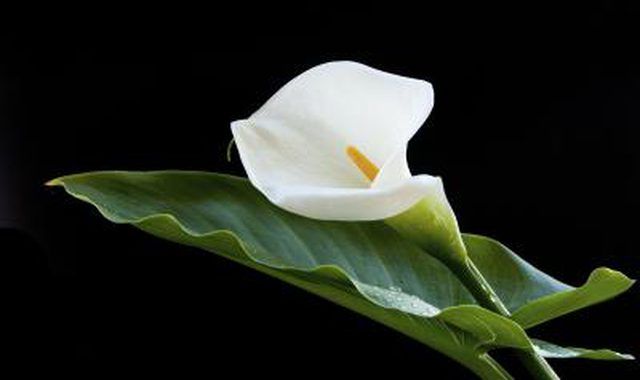Bulbs
Flower Basics
Flower Beds & Specialty Gardens
Flower Garden
Garden Furniture
Garden Gnomes
Garden Seeds
Garden Sheds
Garden Statues
Garden Tools & Supplies
Gardening Basics
Green & Organic
Groundcovers & Vines
Growing Annuals
Growing Basil
Growing Beans
Growing Berries
Growing Blueberries
Growing Cactus
Growing Corn
Growing Cotton
Growing Edibles
Growing Flowers
Growing Garlic
Growing Grapes
Growing Grass
Growing Herbs
Growing Jasmine
Growing Mint
Growing Mushrooms
Orchids
Growing Peanuts
Growing Perennials
Growing Plants
Growing Rosemary
Growing Roses
Growing Strawberries
Growing Sunflowers
Growing Thyme
Growing Tomatoes
Growing Tulips
Growing Vegetables
Herb Basics
Herb Garden
Indoor Growing
Landscaping Basics
Landscaping Patios
Landscaping Plants
Landscaping Shrubs
Landscaping Trees
Landscaping Walks & Pathways
Lawn Basics
Lawn Maintenance
Lawn Mowers
Lawn Ornaments
Lawn Planting
Lawn Tools
Outdoor Growing
Overall Landscape Planning
Pests, Weeds & Problems
Plant Basics
Rock Garden
Rose Garden
Shrubs
Soil
Specialty Gardens
Trees
Vegetable Garden
Yard Maintenance
About the Calla Lily
About the Calla Lily. The calla lily (Zantedeschia aethiopica) isn't a true lily but rather a member of the arum family whose conspicuous white flowers somewhat resemble those of lilies. This native of African marshes can make itself at home in moist garden soils in the warmer parts of the United States. Plant them in groups rather than as single...
The calla lily (Zantedeschia aethiopica) isn't a true lily but rather a member of the arum family whose conspicuous white flowers somewhat resemble those of lilies. This native of African marshes can make itself at home in moist garden soils in the warmer parts of the United States. Plant them in groups rather than as single plants for a more dramatic effect.

Calla lily leaves and flowers spring directly from underground rhizomes because the plant has no stems. Its tight clumps of arrow-shaped leaves can reach a height of 2 to 3 feet, with a spread up to 2 feet wide, and don't require staking or support. Blooms emerge from a flower stalk in June or July and can grow as much as 10 inches long.
The plant's distinctive bloom is formed by a bright white spathe that creates a funnel-shaped cup around a yellow spike called a spadix on which the actual minuscule flowers grow. Hybrid varieties with a range of flower colors exist.
Calla lily can survive outdoors through the winter in U.S. Department of Agriculture hardiness zones 8 to 10. The rhizomes may be able to survive in USDA zone 7 as well if they're mulched to protect them from frost. If they're grown in the garden in cooler climates, the rhizomes must be lifted before the first frost in the autumn; store the rhizomes packed in damp peat moss or transplant them into pots to grow indoors through the winter.
You can also grow calla lilies in containers all year, moving them between the garden and indoors as the weather demands.
Because they're adapted to life in marshy conditions, calla lilies require soil that is very moist or even wet. They can, in fact, be grown as a semiaquatic plant in up to 12 inches of water at the edge of a pond or a garden water feature. If they're grown on dry land, water regularly to keep the soil consistently moist. They thrive in full sun but can tolerate partial shade, although they might not bloom as robustly if they don't get an abundance of sunlight.
If you grow plants indoors during the winter, keep them in a place where they'll get plenty of bright, indirect light. Plant the rhizomes 3 to 4 inches deep and, in the garden, about 12 inches apart. Fertilize monthly with a balanced garden fertilizer.
All parts of the calla lily are toxic and, if ingested, can cause mouth irritation and swelling, along with diarrhea, so it's best to grow them in areas not frequented by children or pets.
Water arum (Calla palustris), also commonly called wild calla, produces leaves and flowers similar in appearance to those of the calla lily, although wild calla is considerably smaller. Wild calla is a native of the northern United States, Canada and Alaska, and it is winter hardy in USDA hardiness zones 2 to 6.
Like the calla lily, it grows best in moist soils and thrives in marshes and bogs and along the edges of ponds and streams. Wild calla leaves usually grow no more than about 10 inches high, and the plant's flower stalk ranges between 4 and 12 inches tall.